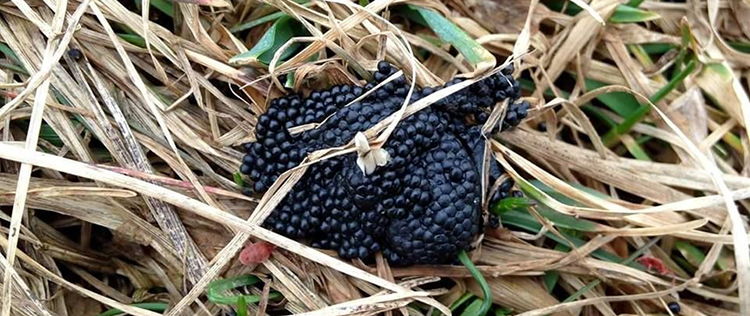
Encountering tick eggs in your backyard is a significant concern that should not be underestimated. Ticks are well-known carriers of diseases, and their eggs, often found in sheltered outdoor areas, can lead to a troublesome infestation. This detailed guide aims to provide you with the necessary information and steps to effectively recognize, handle, and prevent tick eggs.
To learn more, consider the following:
Identifying Tick Eggs Tick eggs are extremely small, typically measuring about 0.5 mm in diameter, similar in size to a poppy seed. They usually have an oval or pear-shaped appearance with a translucent or slightly whitish color, although this may vary depending on the tick species. These eggs are commonly clustered together and attached to vegetation, leaf litter, or other surfaces close to the ground. As they develop, they may become less transparent and take on a color more similar to the adult tick of the species. Tick eggs typically have a smooth and shiny texture, with colors ranging from pale yellow to light brown.

Risks Associated with Tick Eggs The primary concern with tick eggs is the potential for them to hatch into larvae, which can carry diseases such as Lyme disease and Rocky Mountain Spotted Fever. It is crucial to handle tick eggs with care to prevent the transmission of these illnesses.
Removing and Disposing of Tick Eggs When faced with tick eggs in your backyard, it is recommended to seek advice from a professional pest control expert or a veterinarian for proper identification and guidance on tick control and removal. For individual ticks that have attached to the skin, use fine-tipped tweezers to grasp the tick firmly near its head or mouth and gently pull it away from the skin without sudden movements. After removal, dispose of the tick by submerging it in alcohol, sealing it in a bag, or flushing it down the toilet.

Preventive Measures in Your Backyard
- Eliminate Deer-Attracting Plants: Remove plants like tulips, hostas, and azaleas that attract deer, deterring deer ticks responsible for transmitting Lyme disease.
- Introduce Tick-Repelling Plants: Plant herbs such as mint and rosemary, along with flowers like chrysanthemums, to help repel ticks.
- Regular Lawn Maintenance: Keep your lawn trimmed and reduce dense brush and ground cover to minimize tick habitats.
- Manage Woodpiles and Debris: Elevate woodpiles off the ground and away from the house to discourage ticks from laying eggs in dark, moist areas.
- Discourage Small Host Animals: Maintain stonewalls and avoid bird feeders that attract rodents, common tick hosts.
- Use Natural Tick Repellents: Essential oils such as cedarwood and citronella, as well as diatomaceous earth, can act as effective natural repellents.
- Employ Tick Tubes: These no-spray devices can help eliminate ticks and prevent diseases.
- Incorporate Rough Textures: Use lava rock or pebble mulch in garden beds to create an inhospitable environment for ticks.
- Create Lawn-Free Zones: Utilize hardscaping to reduce tick habitats in your yard.
- Apply Insecticides Carefully: If necessary, use insecticides like synthetic pyrethroids or natural alternatives like cedar oil with caution.
Remaining vigilant against tick infestations is crucial. By accurately identifying and managing tick eggs and implementing preventive measures in your yard, you can significantly reduce the risk of tick-related problems. Always prioritize safety and seek professional assistance when necessary to effectively address tick concerns.
Leave a Reply